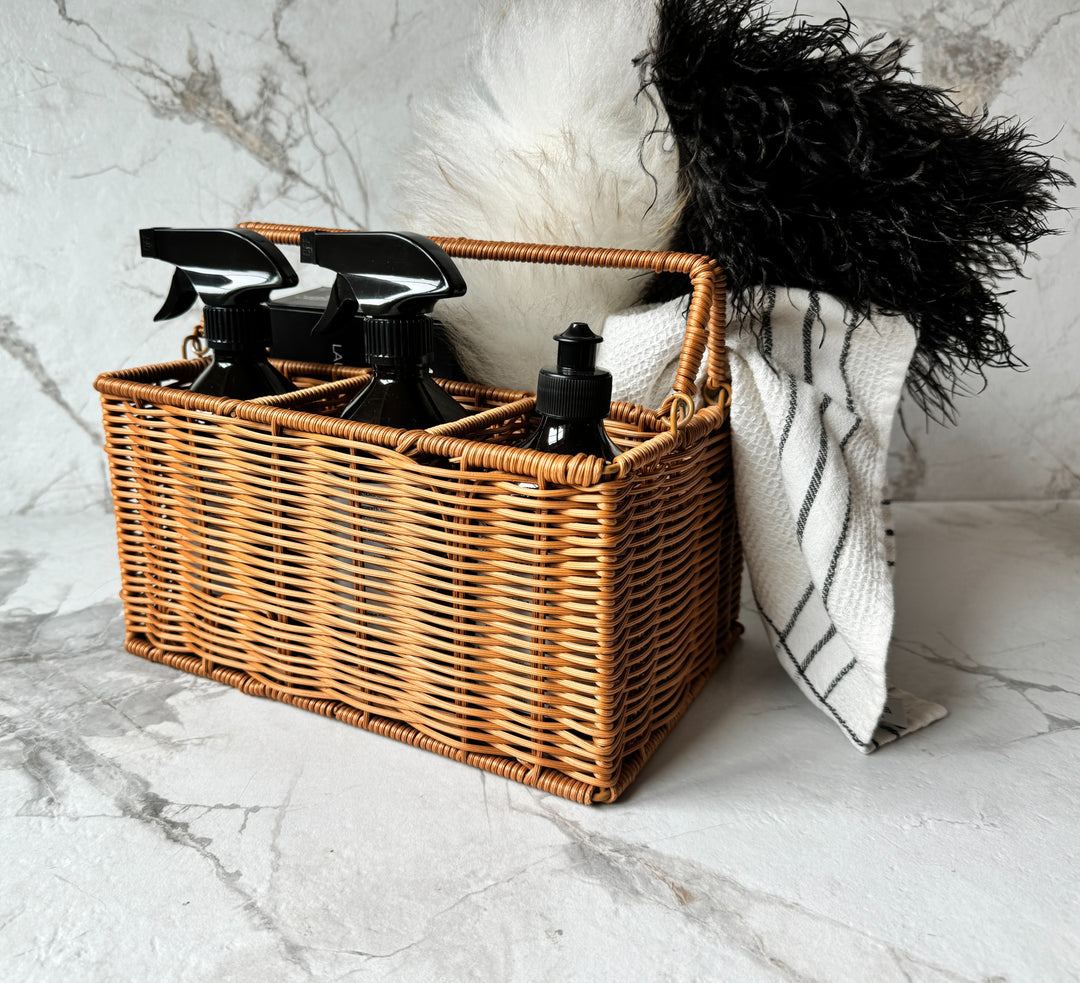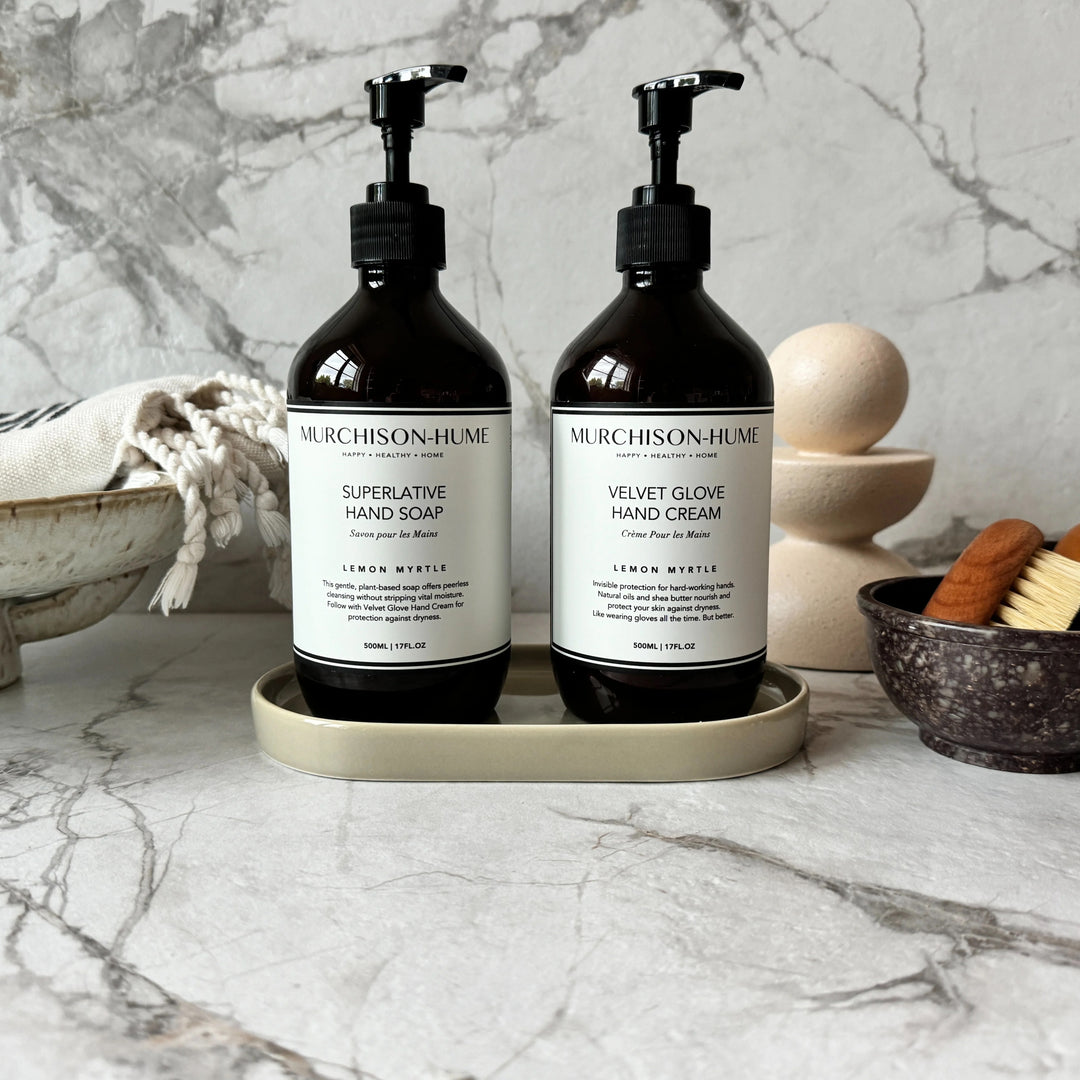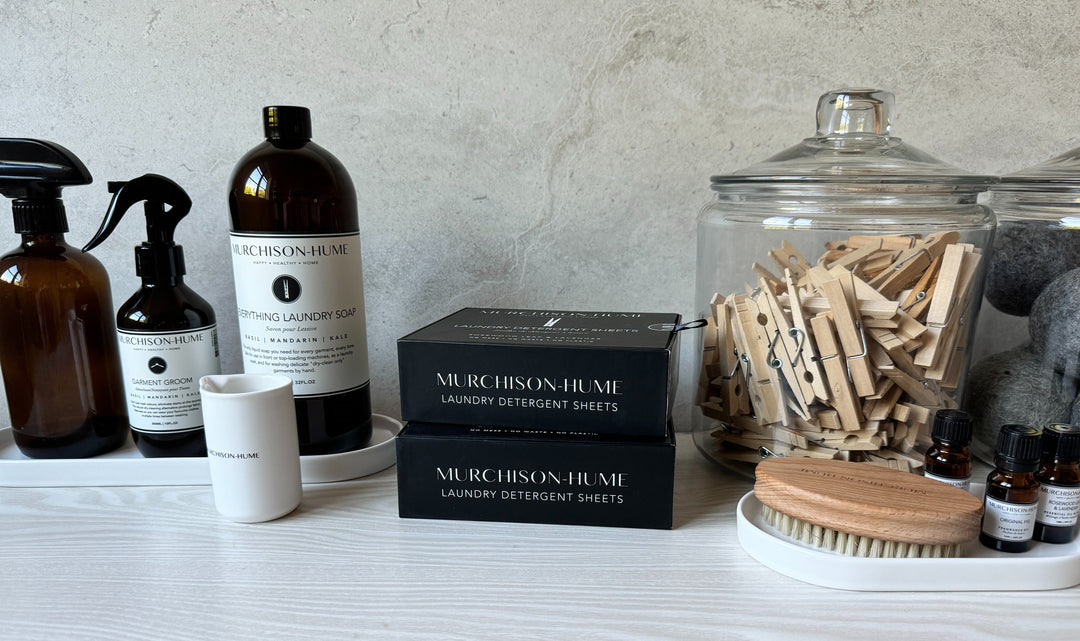Washing your face seems like one of the most basic parts of hygiene. It’s up there with brushing your teeth or swiping on deodorant: It’s something you’re taught once and likely give little attention to fine-tuning throughout your life. But you might not be washing your face as effectively as you could be—especially if you’re only using your hands (or worse, just a makeup wipe). Sure, the point of washing your face is to get any makeup, dirt, or grime off your face, but it’s also an effective way to physically exfoliate. While chemical exfoliants like glycolic or lactic acid use acid or enzymes to dissolve dead skin cells, physical exfoliants like a washcloth or textured Konjac sponge actually scrub away dead skin cells, revealing brighter, clearer, smoother skin. So which is best to wash and physically exfoliate your face: a Konjac sponge, or a washcloth? Let’s find out.
Konjac Sponge vs. Washcloth
I spent nearly three decades washing my face with a washcloth before I found out there was any other way. I always liked that they allow me to really get the dirt and grime off my face. Plus, washcloths don’t drink up a ton of product when you’re using them: It’s easy to use just a few drops of cleanser and feel like it’s lathering up. I can also use a washcloth for tons of purposes other than washing my face, but it’s pretty hard to reuse them without laundering them first. Most are made from terry cloth or cotton, which is fairly non-irritating, though it’s possible to overdo it if you scrub too hard.
In other words, the washcloth gets the job done—but it’s probably not the best product to accelerate cell turnover and keep your complexion looking youthful and radiant. After all, it’s just made for all-purpose washing.
A konjac sponge, on the other hand, looks a bit like a pumice stone thanks to its texture and shape, but it’s actually made of a natural fibre that comes from a plant that grows in Korea, China, and Japan. Because it’s softer than a loofah and finer than a washcloth, a konjac sponge is the perfect texture for sloughing off dead skin cells without compromising your skin barrier—something that can happen often if you have sensitive skin or tend to actually scrub your face.
In addition to exfoliating, konjac sponges remove makeup, sunscreen, and thicker creams more easily than your hands alone, making it the ideal face-washing companion. While a konjac Sponge often feels rough to the touch when dry, it softens beautifully under water—which is the only way you should be using it anyway. It also eliminates the need for a cleanser at all, as a konjac sponge is a natural cleaner, though it can be paired with a cleanser of your choice if you prefer. It’ll dry quickly too, making them less likely than a washcloth to harbour bacteria. And many come in iterations specifically made for washing your face, like charcoal for purifying oily skin, or turmeric for sensitive or mature skin.
Just make sure that you replace your sponge every other month.
Of course, sometimes it’s preference alone that’ll help you decide what to wash your face with, but if you’re looking for something to remove dirt and grime while revealing smoother, brighter skin, the konjac sponge is the clear winner.
Xx L







